4 Portuguese scientists receive L'Oréal Portugal Medals of Honor for Women in Science
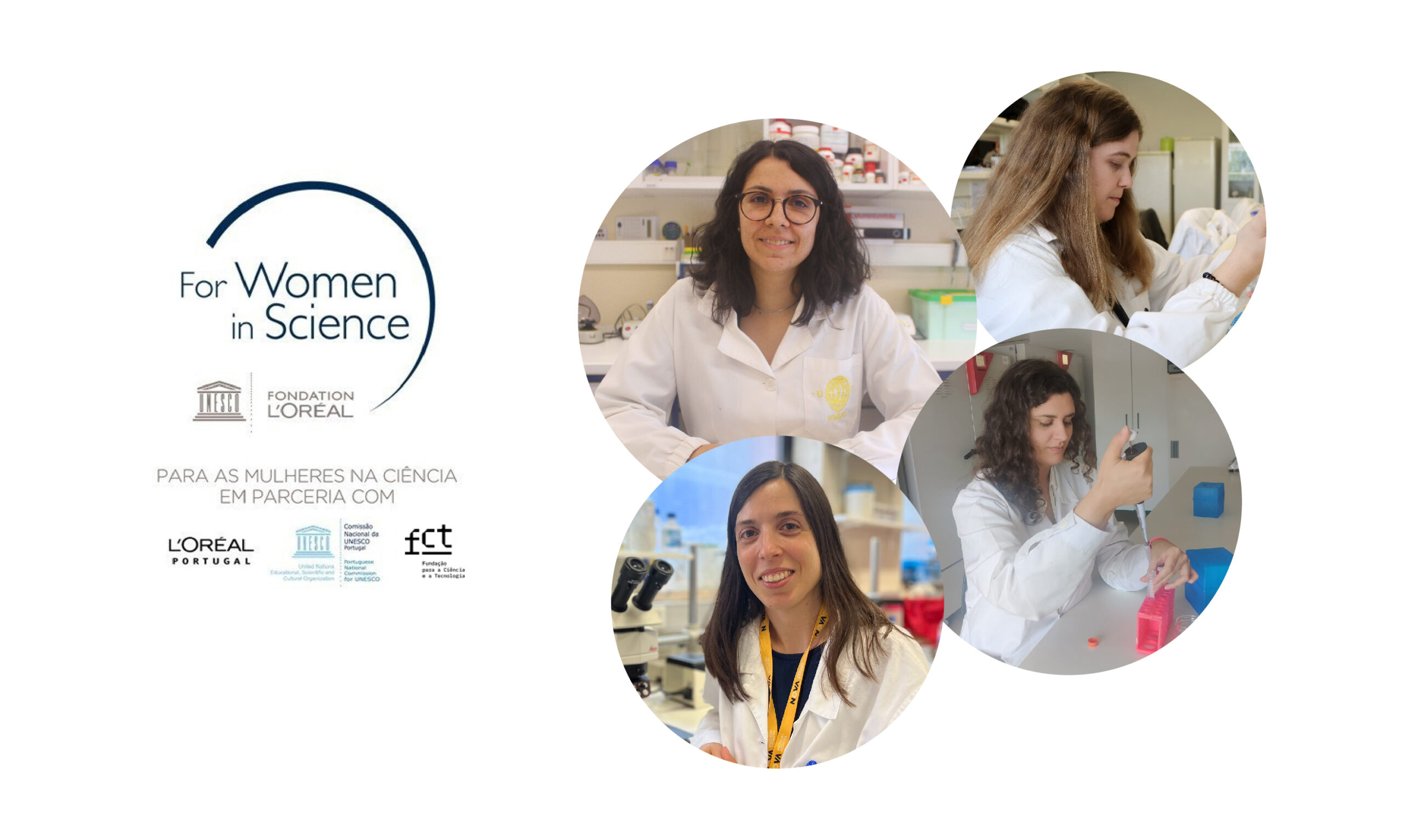
The 19th edition of the L'Oréal Portugal Medals of Honor for Women in Science honors four more Portuguese scientists at a ceremony on May 10 at Ciência Viva - Pavilhão do Conhecimento.
Research into cardiac devices, type 2 diabetes, glaucoma and the recovery of degraded soil are the topics covered by the four scientific projects awarded and developed respectively by Andreia Trindade Pereira (i3S - University of Porto), Joana Sacramento (Nova Medical School - New University of Lisbon), Raquel Boia (iCBR - University of Coimbra); and Sara Peixoto (University of Aveiro).
The female researchers, with PhDs and aged between 31 and 35, were selected by a scientific jury, chaired by Alexandre Quintanilha, and will receive an individual prize of 15,000 euros. A total of 60,000 euros will be awarded to support the research projects of young female doctors.
In Portugal, 65 young researchers have already been awarded the L'Oréal Portugal Medals of Honor for Women in Science. The first edition of this initiative in Portugal took place in 2004 and was inspired by the L'Oréal-UNESCO For Women in Science program, which L'Oréal has been supporting women in science in partnership with UNESCO since 1998.
Since its inception, the L'Oréal Portugal Medals of Honor for Women in Science program has brought together L'Oréal Portugal, the UNESCO National Commission and the Foundation for Science and Technology (FCT) to support young female researchers.
Winning projects in the 19th edition of the L'Oréal Portugal Medals of Honor for Women in Science:
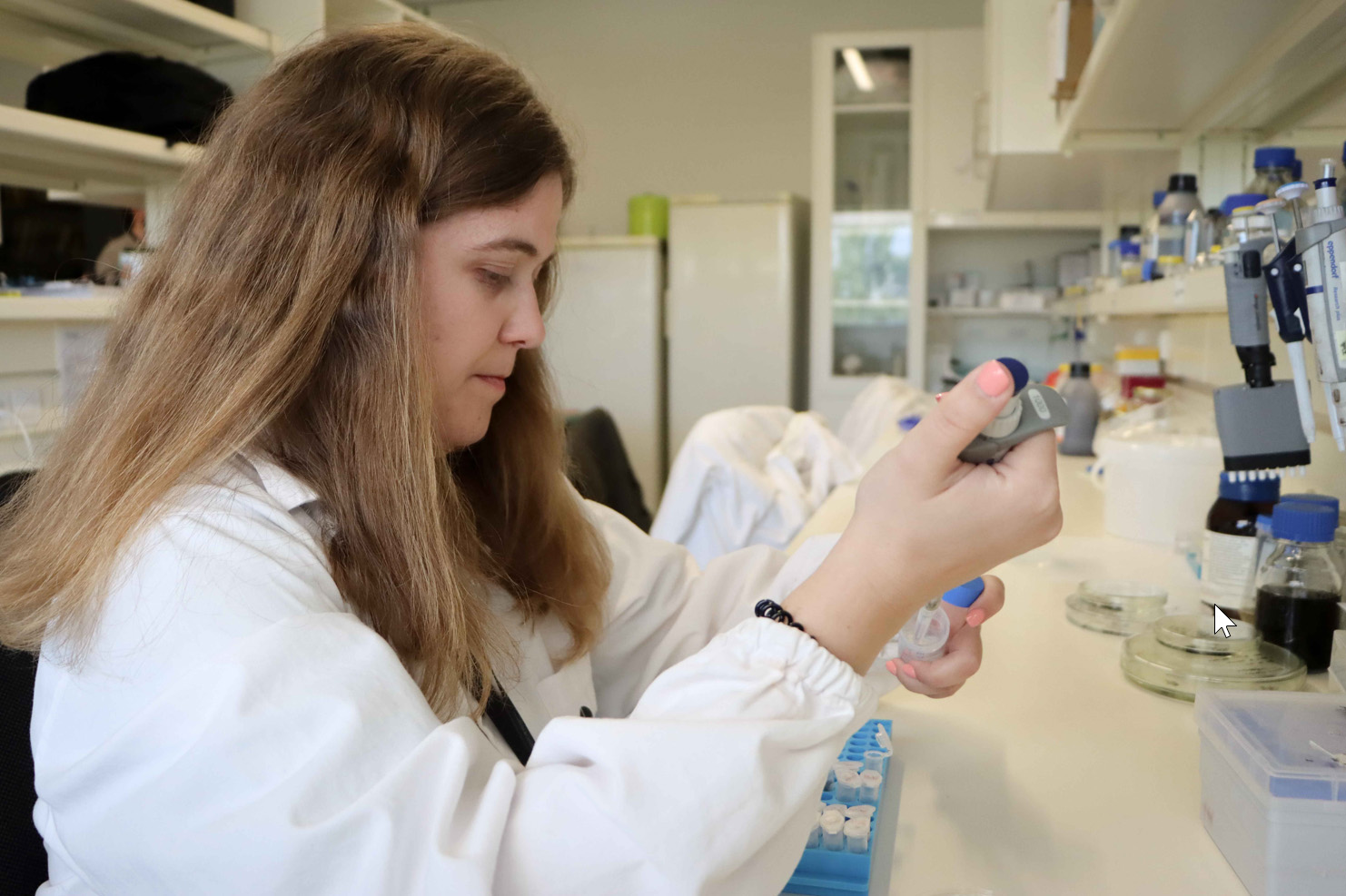 Andreia Trindade Pereira
Andreia Trindade Pereira
31 years old
i3S - Institute for Research and Innovation in Health, University of Porto
BloodStream2Power - Exploring blood stream to generate energy for cardiac electrical devices" project
The project proposes using the mechanical energy produced by the human body as an alternative and inexhaustible source to power implantable electronic cardiac devices, such as pacemakers, which currently use conventional batteries that have a limited lifespan and need to be replaced during surgeries that carry a high risk for patients. The way of converting mechanical energy into electrical energy is based on the principle of static electricity produced by friction (also called triboelectricity), in an effect that Andreia compares to "the friction of a pencil on a wool sweater or our hands on a balloon".
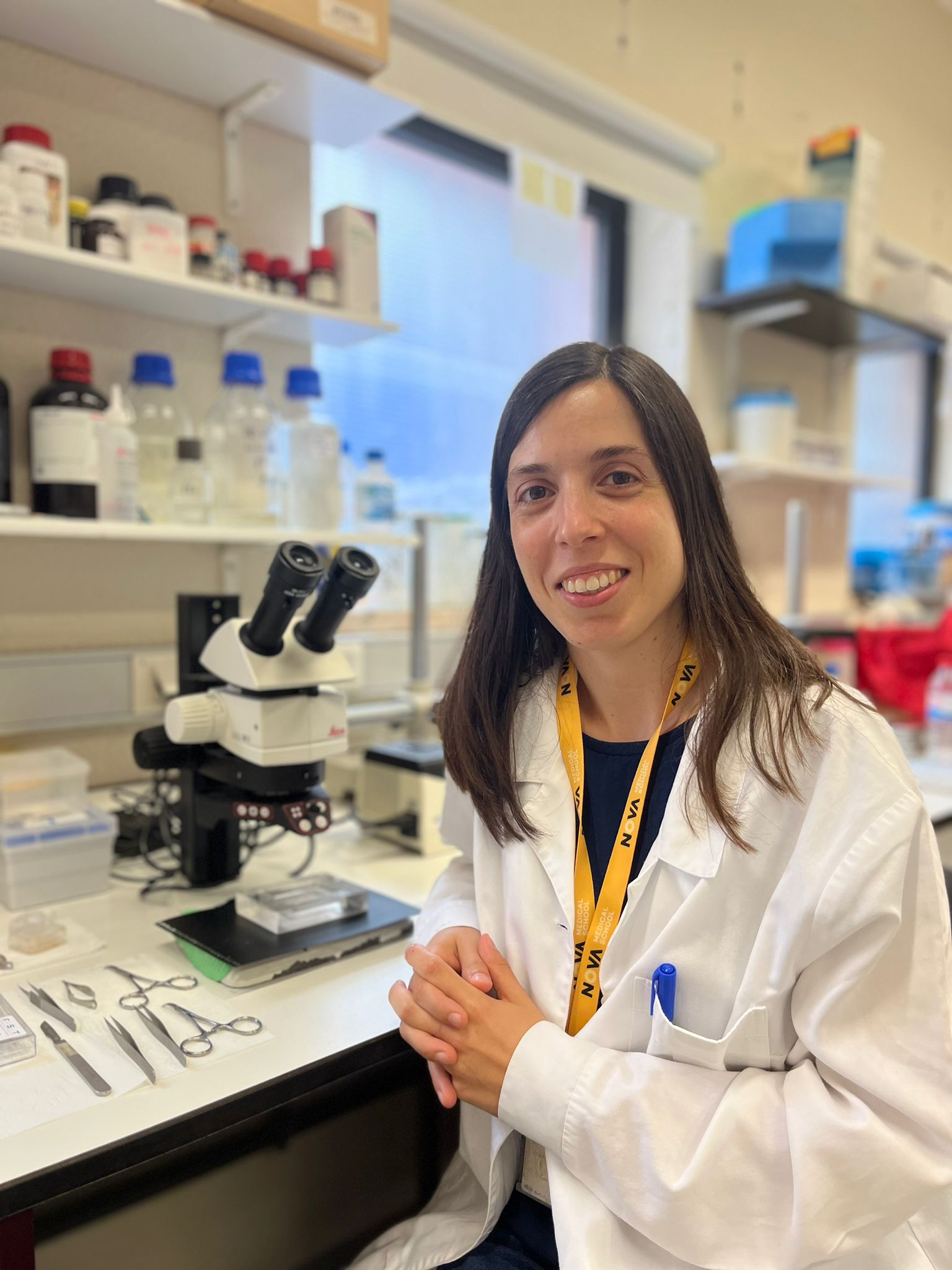 Joana Sacramento
Joana Sacramento
35 years old
NOVA Medical School, Universidade Nova de Lisboa
Project "Closed-loop electroceutical targeting of carotid sinus nerve to treat type 2 diabetes"
This research explores an emerging medical field, bioelectronic medicine, and aims to use its potential to modulate the electrical activity of the human body to selectively alter the activity of the carotid body, a small organ located in the neck which, in previous work, has been shown to be involved in the development of type 2 diabetes. "We have observed that when we cut the connection between the carotid body and the brain, by cutting the nerve of the carotid sinus, it is possible to reverse type 2 diabetes," says Joana Sacramento. However, this approach cannot be carried out in humans, as the carotid body has several other essential functions in our bodies, such as controlling oxygen levels in the blood. Alternatively, Joana and her team have proven that electrical modulation of the carotid sinus nerve activity, rather than cutting it, can also reverse type 2 diabetes.
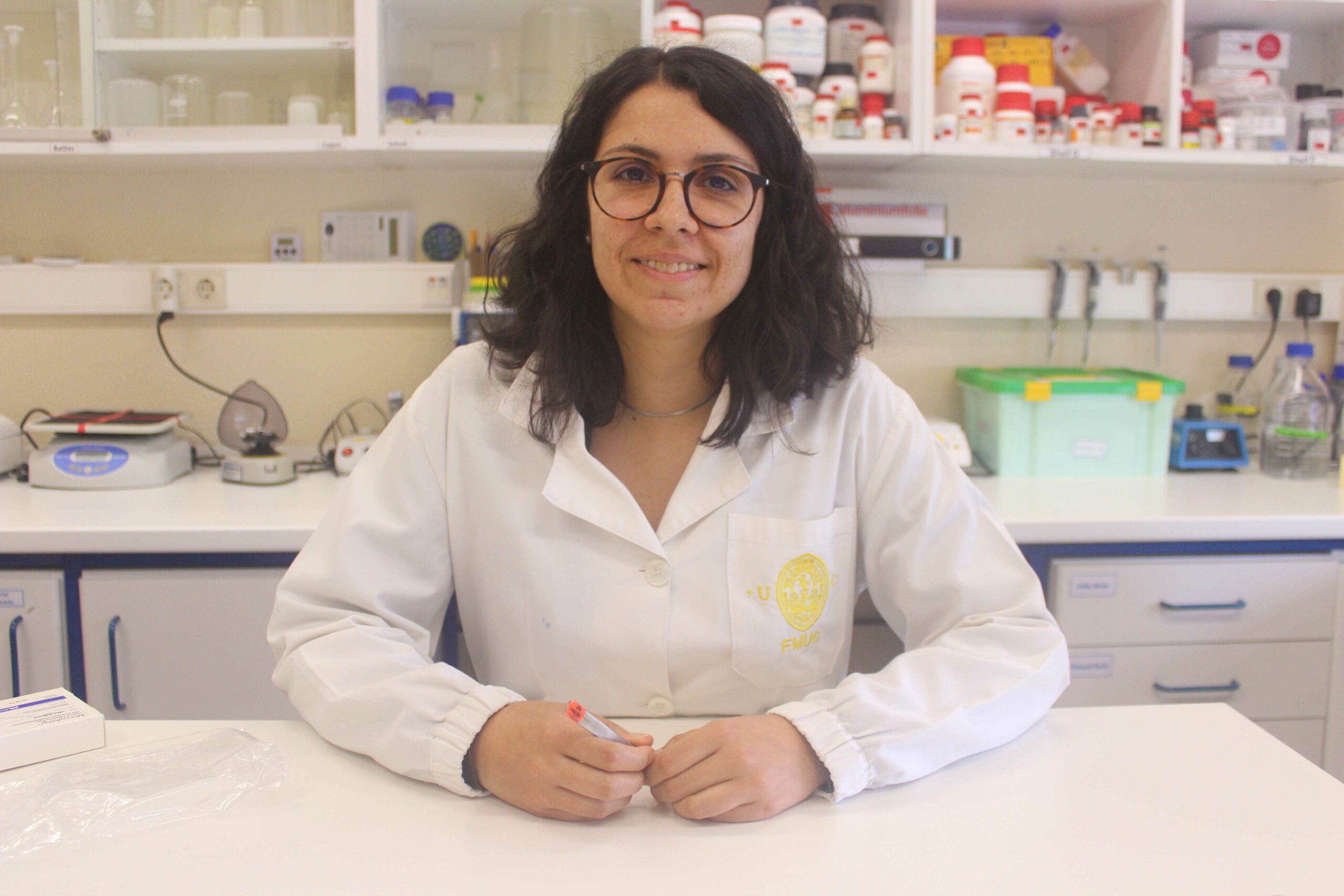 Raquel Boia
Raquel Boia
34 years old
Coimbra Institute for Clinical and Biomedical Research (iCBR), Faculty of Medicine, University of Coimbra and VectorB2B - drug development
Project "A new therapeutic approach to leverage vision restoration in glaucoma"
Glaucoma is one of the main causes of vision loss and blindness in the world and is characterized by substantial loss of retinal ganglion cells and damage to the optic nerve, which is made up of the extensions of the cells, the axons, that transmit visual information to the brain. The aim of this research project is to find out whether it is possible to regenerate the axons of the retinal ganglion cells and reintegrate them correctly into the visual system to promote vision recovery. "We have already identified that the activation of a receptor present in retinal ganglion cells is capable of protecting them," explains researcher Raquel Boia, who will now assess whether this receptor - A3 adenosine - can promote the regeneration of the axons of these cells and integrate them back into the visual system, so that the optic nerve is once again capable of transmitting visual information to the brain.
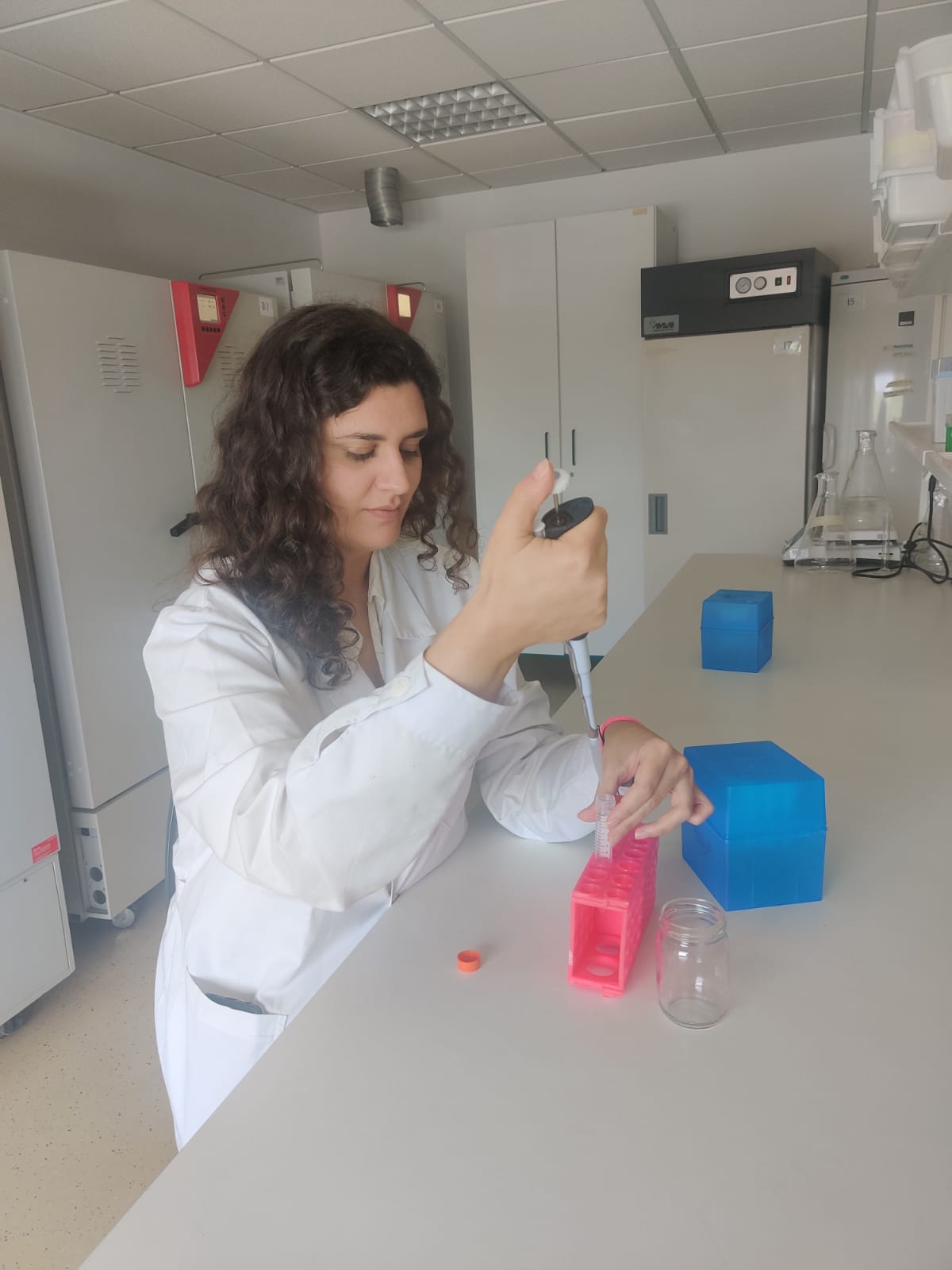 Sara Peixoto
Sara Peixoto
32 years old
University of Aveiro
Project "MicroStimulus - The ecological role of microbial-based plant biostimulants in the resident rhizosphere microbiome from degraded agricultural and forest soils"
With this research, Sara Peixoto wants to understand the ecological effect of applying biostimulants in the recovery of degraded soils and whether these products can support the functional recovery of soils affected by intensive agricultural use and forest fires. To this end, she will analyze the role that different formulations of biostimulants based on microorganisms play in the communities of microorganisms that are naturally present in the soil (soil microbiome), specifically in the area where the soil and plant roots come into contact (the rhizosphere).
In general, biostimulants facilitate the availability of nutrients in the soil (for example, they help to fix nitrogen or make phosphorus soluble), improving its fertility and the favorable conditions for plant growth and productivity, as well as their tolerance to environmental pressures.